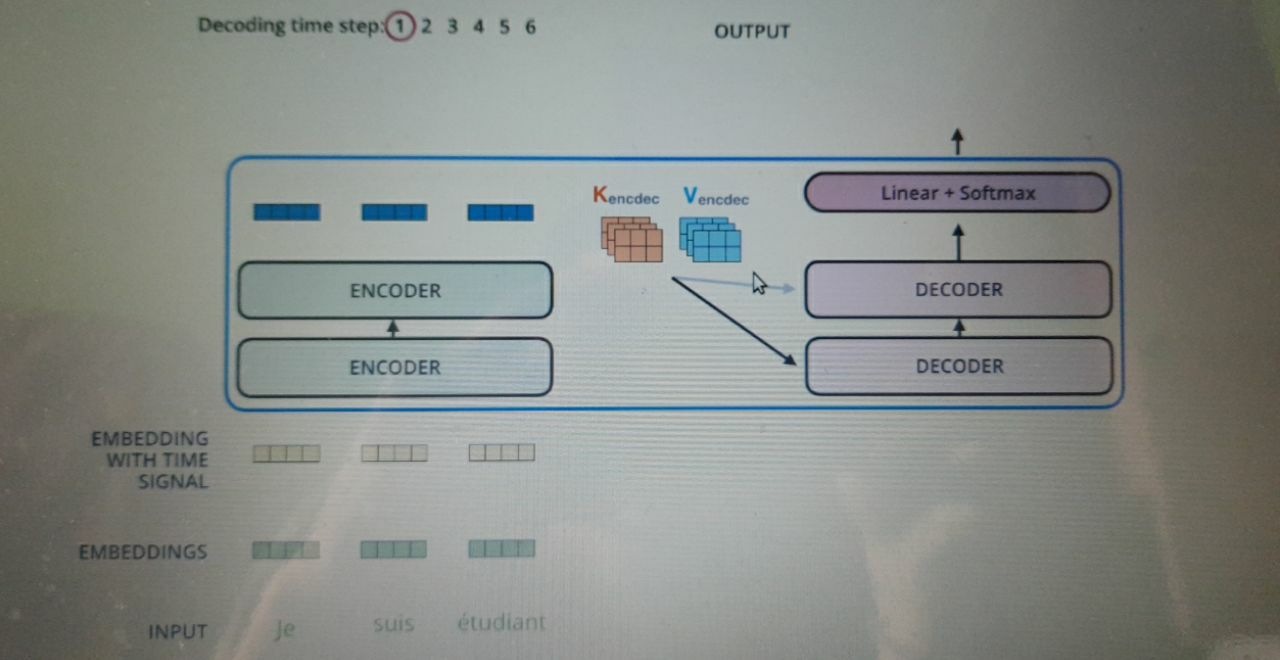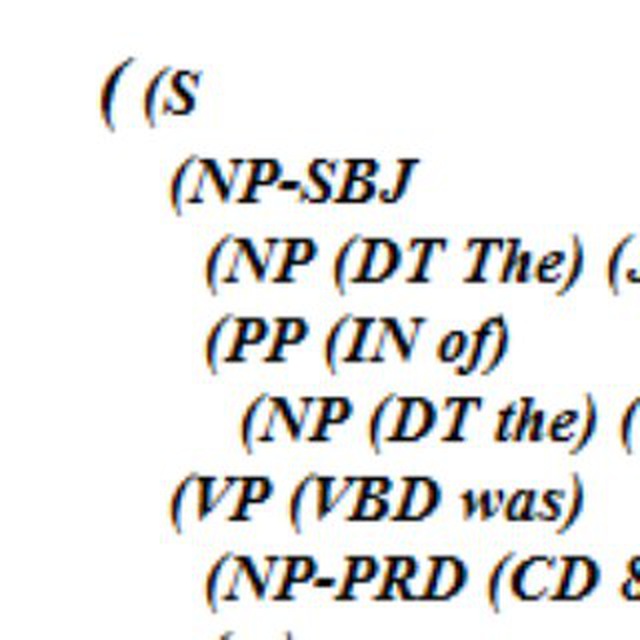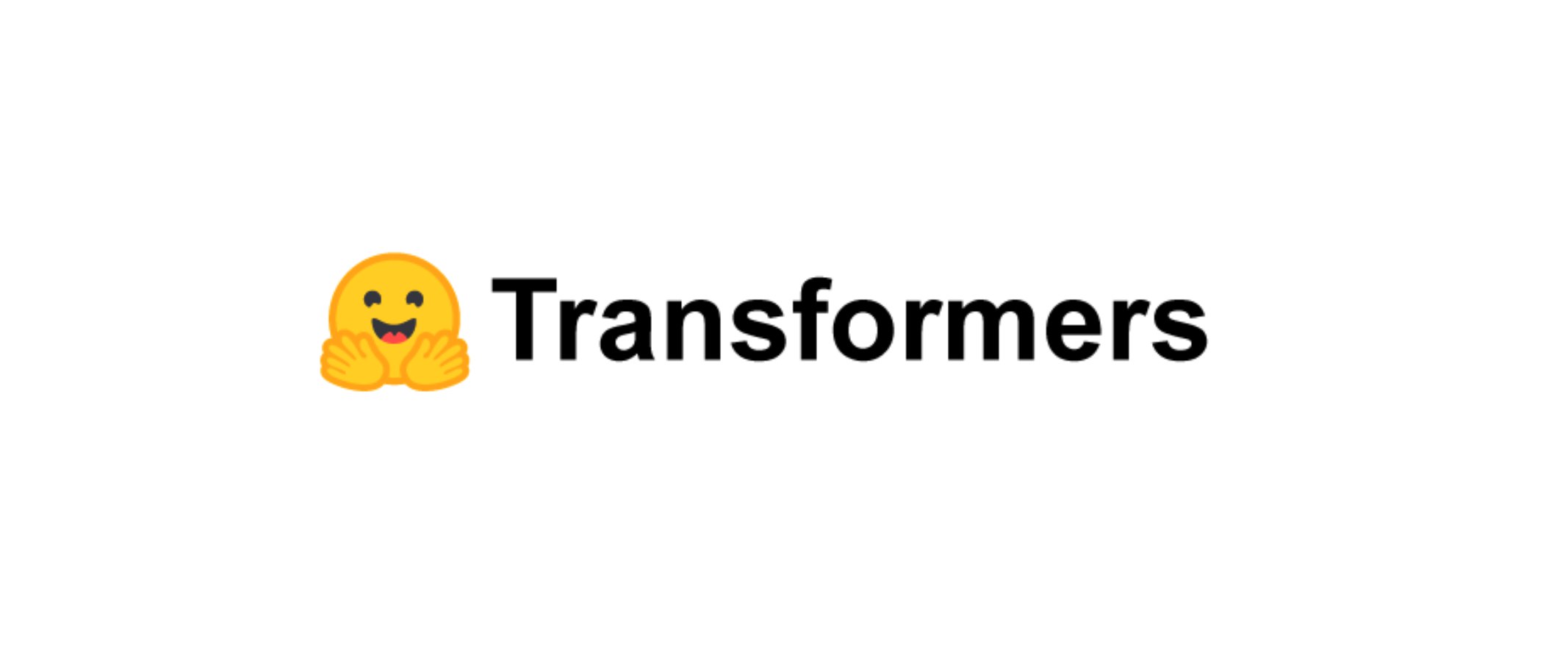СУ
Size: a a a
2020 June 18
спасибо большое!
VF
Hello friends I have a question about embeding using bert
" I want to transfer learning (fine tuning) to embed my dataset "
And to have an embeding as a output how can I reach that ?
Notice that I'm working on unsupervised without labels
Thank u
" I want to transfer learning (fine tuning) to embed my dataset "
And to have an embeding as a output how can I reach that ?
Notice that I'm working on unsupervised without labels
Thank u
Hi, check out this example from the transformers repo: https://github.com/huggingface/transformers/tree/master/examples/language-modeling
w
Thanks
M

This is the image of transformer model explained in jay alammar's blog.
Where from these two vectors( Kencdec and Vencdec) come from ?
Where from these two vectors( Kencdec and Vencdec) come from ?
M

This is the image of transformer model explained in jay alammar's blog.
Where from these two vectors( Kencdec and Vencdec) come from ?
Where from these two vectors( Kencdec and Vencdec) come from ?
The orange and blue matrices
A
Что если взять модель Bert (с помощью которой я классифицировал задачи Sentiment Analysis) и попробовать классифицировать ею стихи или прозу писателей? Т. е. можно с помощью нее обобщить стили написанного текста без сильной привязки к содержимому или конкретным словам? Или для этого придумали что-то другое?
DK
Что если взять модель Bert (с помощью которой я классифицировал задачи Sentiment Analysis) и попробовать классифицировать ею стихи или прозу писателей? Т. е. можно с помощью нее обобщить стили написанного текста без сильной привязки к содержимому или конкретным словам? Или для этого придумали что-то другое?
что такое модель берт в данном случае? вы файнтюнили, учились с нуля, взяли готовую? или речь о конкретном классификаторе поверх каких-то бертовых векторов
A
Я только разбираюсь и взял готовую модель bert-base-cased. Для распознания спама и тональности текста вроде подходит. Вот и подумал, можно ли ее попробовать для классификации прозы/поэзии или лучше взять что-то другое
DK
Я только разбираюсь и взял готовую модель bert-base-cased. Для распознания спама и тональности текста вроде подходит. Вот и подумал, можно ли ее попробовать для классификации прозы/поэзии или лучше взять что-то другое
подходит что? берт -- это вектора, если они подходят для спама и тональности, значит, вы еще построили какую-то модель поверх для определения спама и тональьности
а ответ на ваш вопрос простой -- попробуйте разные алгоритмы векторизации и классификации и замерьте качество на вашей задаче
а ответ на ваш вопрос простой -- попробуйте разные алгоритмы векторизации и классификации и замерьте качество на вашей задаче
ID

This is the image of transformer model explained in jay alammar's blog.
Where from these two vectors( Kencdec and Vencdec) come from ?
Where from these two vectors( Kencdec and Vencdec) come from ?
this is an encoder output, which was processed by Encoder-Decoder Self-Attention K and V matricies.
NS
всем привет
Есть что не интересное? Давайте трансляцию тут
YB
Есть что не интересное? Давайте трансляцию тут
там сегодня две секции параллельно идут. так что смотри сам, что тебе интереснее.
http://www.dialog-21.ru/programme2020/
http://www.dialog-21.ru/programme2020/
OM
Что если взять модель Bert (с помощью которой я классифицировал задачи Sentiment Analysis) и попробовать классифицировать ею стихи или прозу писателей? Т. е. можно с помощью нее обобщить стили написанного текста без сильной привязки к содержимому или конкретным словам? Или для этого придумали что-то другое?
Вы можете взять результат оцифровки текста, который генерирует BERT, и применять к нему любые существующие алгоритмы классификации или кластеризации. Заранее предсказать, что получится и насколько это будет соответствовать ожиданиям - вряд ли возможно. Анализируйте и начинайте либо делать тонкую настройку любимой модели, либо кросс-валидацию нескольких моделей, либо всё вместе, ну и т.д.
A
Вы можете взять результат оцифровки текста, который генерирует BERT, и применять к нему любые существующие алгоритмы классификации или кластеризации. Заранее предсказать, что получится и насколько это будет соответствовать ожиданиям - вряд ли возможно. Анализируйте и начинайте либо делать тонкую настройку любимой модели, либо кросс-валидацию нескольких моделей, либо всё вместе, ну и т.д.
Спасибо!
M
this is an encoder output, which was processed by Encoder-Decoder Self-Attention K and V matricies.
Is this the output of the last encoder,
K = R * Wk
V = R * Wv
Here R is the output of 2nd last encoder....
Then there must be something like
Q = R * Wq
K = R * Wk
V = R * Wv
Here R is the output of 2nd last encoder....
Then there must be something like
Q = R * Wq
M
Is this the output of the last encoder,
K = R * Wk
V = R * Wv
Here R is the output of 2nd last encoder....
Then there must be something like
Q = R * Wq
K = R * Wk
V = R * Wv
Here R is the output of 2nd last encoder....
Then there must be something like
Q = R * Wq
Correct me if I am wrong.
ID
Is this the output of the last encoder,
K = R * Wk
V = R * Wv
Here R is the output of 2nd last encoder....
Then there must be something like
Q = R * Wq
K = R * Wk
V = R * Wv
Here R is the output of 2nd last encoder....
Then there must be something like
Q = R * Wq
if R - output from last encoder, than for K and V you're right, but Q calculates from decoder inputs. There are two types of Self-Attention in Decoder architecture, self-attention and encoder-decoder attention. In First type you use information only from target sequence (just like in Encoder only for target), and in second type you try to find dependencies between your input and target sequence (like in classic Attention Mechanism), so you use for this type of attention an information from target (for Query) and from input (for Key and Value).
M
if R - output from last encoder, than for K and V you're right, but Q calculates from decoder inputs. There are two types of Self-Attention in Decoder architecture, self-attention and encoder-decoder attention. In First type you use information only from target sequence (just like in Encoder only for target), and in second type you try to find dependencies between your input and target sequence (like in classic Attention Mechanism), so you use for this type of attention an information from target (for Query) and from input (for Key and Value).
I don't want to touch decoder now.
Even in encoder during self attention phase we have 3 matrices Query, Key and Value... And calculated as I stated above....
In the first encoder they are calculated as follows :
K = X * Wk
V = X * Wv
Q = X * Wq
Where X is the embeddings
And for others encoders except the first, we replace X by R( output of previous encoder )
Even in encoder during self attention phase we have 3 matrices Query, Key and Value... And calculated as I stated above....
In the first encoder they are calculated as follows :
K = X * Wk
V = X * Wv
Q = X * Wq
Where X is the embeddings
And for others encoders except the first, we replace X by R( output of previous encoder )
ID
I don't want to touch decoder now.
Even in encoder during self attention phase we have 3 matrices Query, Key and Value... And calculated as I stated above....
In the first encoder they are calculated as follows :
K = X * Wk
V = X * Wv
Q = X * Wq
Where X is the embeddings
And for others encoders except the first, we replace X by R( output of previous encoder )
Even in encoder during self attention phase we have 3 matrices Query, Key and Value... And calculated as I stated above....
In the first encoder they are calculated as follows :
K = X * Wk
V = X * Wv
Q = X * Wq
Where X is the embeddings
And for others encoders except the first, we replace X by R( output of previous encoder )
Oh, yes, you're right here. Initial question was about Kencdec and Vencdec and i thought you're talking about decoder already.
ID
Kencdec and Vencdec is calculated from last output of encoder. I think it's all you should know, while trying to understand what happens in encoder.




